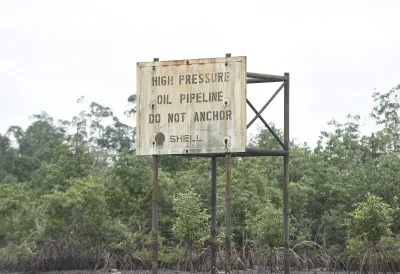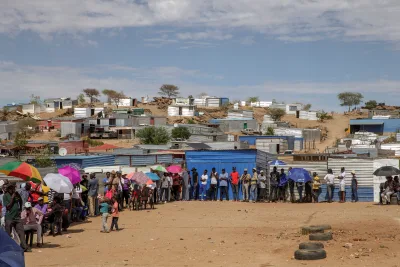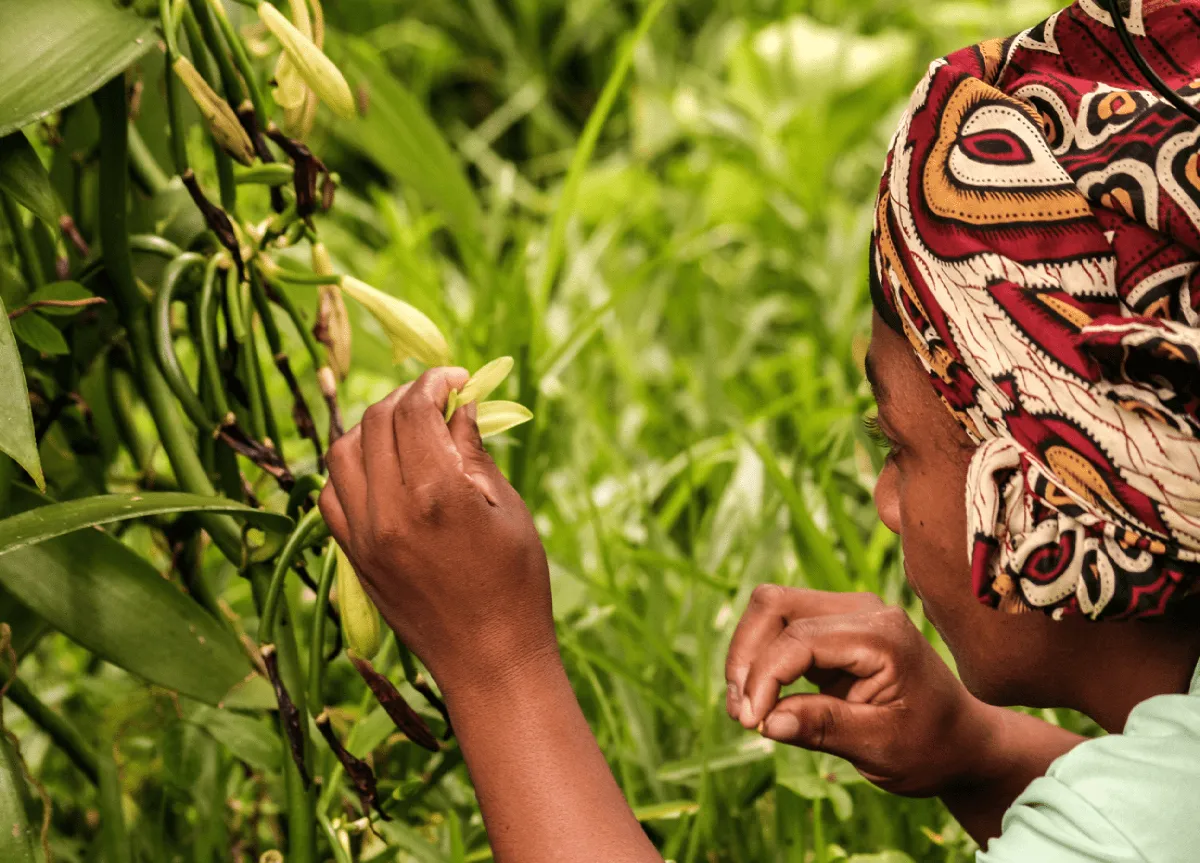Despite a 5% fall in South African output, production continent-wide rose more than 3%, leaving the rest of the world in its wake. Investment volumes remain key as the continent’s miners look to expand further. Report by MJ Morgan.
Gold prices remain sustained by continuing uncertainty in the global economy due to a stalling US economy, which may reach for further quantitative easing any time soon, a rudderless Eurozone and stuttering Chinese growth.
But whilst world gold production as a whole is static, Africa’s producers, collectively, continue to steadily increase output. According to Thomson Reuters GFMS, South African production fell by over 4t in the first half 2012, compared to the same period the year before, to 93t as a consequence largely of increased Section 54 safety stoppages and lower mill head grades.
Bucking the trend
Nevertheless continent-wide output expanded by 9t to 297t. Ghana grew fastest, followed by Mali and Sudan as well as more moderate increases elsewhere.
South Africa’s gold miners remain in a bind. Cash costs (of extraction) in South Africa remain the world’s highest at above $900/oz and continue to accelerate relative to prices – even following one of the greatest, decade-long gold price bull runs ever.
Giant producer Gold Fields, for instance, has seen its total cash costs in the country rise from $618/oz in 2007 to $1,360/oz last year.
Average cash costs in the industry as a whole, worldwide, rose 19% to $727/oz, while GFMS estimates that all-in costs (their own, broader metric) now stand at $1,050/oz. In spite of rising prices, rising costs mean that, on a quarterly basis, margins have declined for three consecutive quarters.
South African producers face very strong headwinds at best as costs, particularly in terms of electricity prices and wage demands, significantly exceed the pace of price development.
Given that the country is already the most expensive place in the world to mine gold, circumstances are economically extremely challenging.
Perilous predicament
This is nothing of course compared to the political challenges that face the mining sector in general in South Africa. The deaths of 34 miners on 16th August during the wildcat strike at Lonmin’s Marikana platinum mine, coming two days after the deaths of 10 workers, has shocked the nation like no other event since the end of apartheid.
Activity at Marikana is still hamstrung. An illegal strike at Gold Fields KDC East mine, which employs 12,000 miners, in the first week of September has since been resolved, although trouble has spread to some of the 15,000 workers at KDC West. Some commentators have speculated that the events will lead to a ‘miner spring’ as reaction spreads, stirred by the demagogic Julius Malema, who has been calling for a mining shut-down whilst addressing workers at KDC West. “Leaders of the NUM should know that you can’t act for workers without consulting them, and don’t take workers for granted” Malema told strikers, “If they fail you, you must lead yourself.”
Hitherto, the National Union of Mines (NUM) has held to an informal compact with the government, whereby wages have risen steadily in return for a broadly cooperative workforce. However, with swathes of miners now extremely disaffected with the achievements, or lack of them, by the ANC government, and the NUM, who are seen as in the ruling party’s pocket, the compact has disintegrated. Furthermore, the new, militant union, the Association of Mineworkers and Construction Union (AMCU) has been agitating for wages and conditions to improve much faster and for strike action in support of members demands. How much control they exercise over strikers is not entirely clear and some say their influence is much greater over platinum than gold miners.
West Africa
More positively, lower-cost West Africa is increasingly attracting investment. According to consultants Ernst & Young, the region is a sweet spot for gold investors. Quality deposits and lowering perceptions of political risks have been driving factors. Ghana and Mali are already second and third only to South Africa in terms of African gold production. Output reached 6.7m oz in 2010, some 8% of global output, and is expected to rise to 11m oz by 2015.
Price outlook
Looking at the gold market as a whole, Thomson Reuters GFMS, a highly respected precious metals consultancy, just released its Gold Survey 2012 – Update 1.
It’s a bullish picture, with prices predicted to breach the $1,800/oz level by the end of the year, although without the expectation that last year’s highs over $1,900/oz will be exceeded. The key issue for prices is investment demand. Investment globally in gold in the second half of the year is expected to be in the region of 970t or around $53bn – both record figures.
Philip Klapwijk, Global Head of Metals Analytics at Thomson Reuters GFMS, said “I think we’re on pretty safe ground saying that we’ve already seen the lows for the year and that firmer prices, particularly towards year-end, are on the cards, but we’re also expecting a bumpy ride looking ahead – any intensification of the Eurozone crisis or dashing of hopes for further easing by the Fed and you could easily see the rally derailed for a while”.
Loose monetary policy continues to be a feature of many of the world’s governments as a result of the global economic slowdown. The negative effect this has on fiat currencies, particularly the US dollar, undermines faith in them, raises fears of inflation and the expectation of sustained low interest rates. The perception of gold as a hedge against inflation and uncertainty drives safe haven buying. Given that gold is a non-yielding asset, low interest rates reduce the opportunity cost of holding gold.
Central bank buying
Also of interest to investors is the high and growing level of central bank purchasing – which amounted to 270t in the first half of 2012. GFMS say that the driving force behind these purchases is the desire to diversify their holdings away from the US dollar and observes that the timing of purchases has focused on dips in price, supporting prices. Because the consultancy expects prices to rise, it estimates a lower figure for central bank purchasing for the second half of 220t.
As Klapwijk puts it, “We’ve recently seen how gold can react sharply to any prospect of more QE in the US and we’re fairly confident that some form of easing is more likely than not in the end; we may have seen periodic items of good news on the US economy but that invariably seems followed by bad, and this is all before a probable slowdown in both European and Chinese economic growth. Neither can we ignore its domestic problem of the fiscal cliff, with all the uncertainty and recessionary potential bound up in that”.
Jewellery demand fell 13% in the first half, largely due to falling demand in India, the world’s biggest gold market. The second half is expected to see modest growth in jewellery demand, as rising prices encourage its purchase as a kind of investment. China, the second biggest buyer of gold, has also seen less robust demand. Global mine production is forecast to grow by a modest 24t in the second half, with full year output falling slightly below earlier expectations. The continued lack of producer hedging suggests a bullishness about prices. Scrap sales meanwhile are predicted to remain unchanged.
Whilst South Africa is on the brink of, at best, challenging trading circumstances, and, at worst, a major calamity, producers elsewhere are perfectly placed to capitalise on prices well in excess of production costs.
Want to continue reading? Subscribe today.
You've read all your free articles for this month! Subscribe now to enjoy full access to our content.
Digital Monthly
£8.00 / month
Receive full unlimited access to our articles, opinions, podcasts and more.
Digital Yearly
£70.00 / year
Our best value offer - save £26 and gain access to all of our digital content for an entire year!
 Sign in with Google
Sign in with Google 



